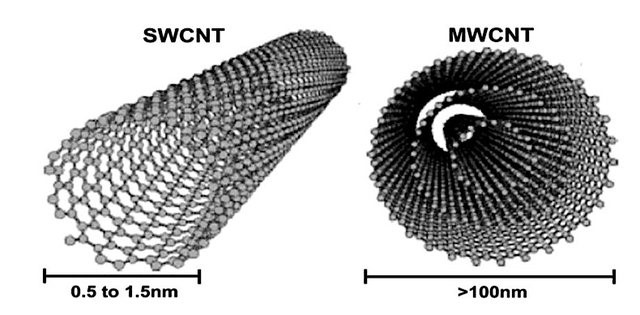Europium(Eu) is one of the rare earth metals with atomic number 63. In 1886, French chemist Eugene-AntoleDemarcay identified europium by spectroscopic lines in “samarium”. In 1901, europium was successfully isolated by using repeated crystallizations of samarium magnesium nitrate. Afterwards, in 1904 French chemist Georges Urbain also succeeded in purifying europium by separating it from impure gadolinium using bismuth magnesium nitrate. Europium is named after continent Europe.Europium is a moderately hard, ductile and silvery-white metal that readily oxidizes in air and water. Europium has no significant biological role and is relatively non-toxic compared to other heavy metals. Europium is the one of the least abundant element in universe; nearly 5*10-8% of all matter in universe is europium. Europium has the second lowest melting point and the lowest density among all lanthanides.

Europium is used in the printing of euro banknotes. It glows red under UV light and frogeries can be detected by lack of this red glow
Europium is used in manufacture of fluorescent glass
Europium is used low-energy light bulbs contained a little amount of europium to give more natural light by balancing the blue light with a little red light
Europium is used as excellent absorber of neutrons, making it valuable in control rods for nuclear reactors
Europium-doped plastic is used as a laser material
Europium-doped plastic is used in making thin super-conducting alloys
Europium salts are used for newer phosphorescent powder and paints
Europium is used in quantum memory chips which can reliably store information for days at a time; these could allow sensitive quantum data to be stored to a hard disk-like device and shipped around the country
Europium fluorescence is used to interrogate biomolecular interactions in drug-discovery screens
Europium is used in manufacture of fluorescent glass
Comments
Post a Comment